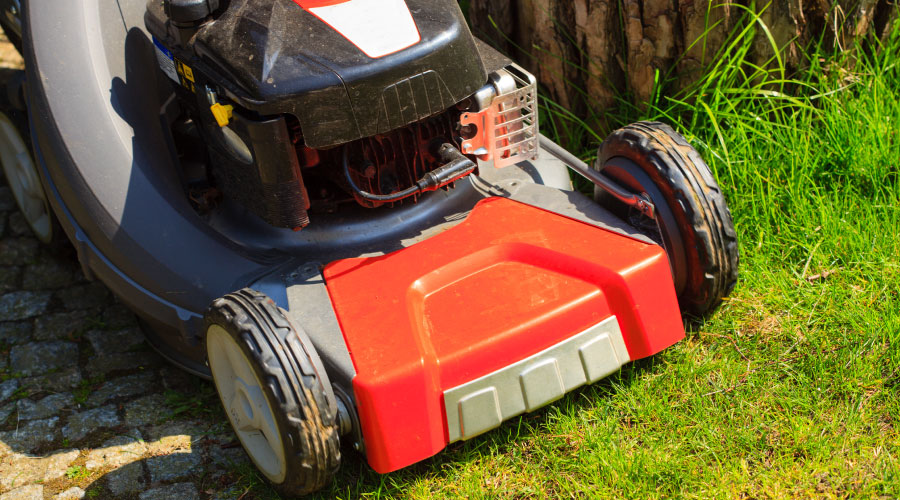Cold, Hard Facts on Snow and Ice Management
Last year, winter came in like a lion and then, across most of the United States and Canada, basically disappeared. According to most reports, the winter of 2011-'12 brought one of the lowest snowfall totals in decades. The challenge this year for grounds managers is to successfully prepare for whatever snow and ice challenges winter brings to institutional and commercial facilities.
For managers whose departments must contend with snow and ice, conducting an internal snow-response audit each year is essential. Managers can do this at the same time as they prepare for the season by organizing their teams, preparing the tools and materials they will need, and setting up communication plans.
Training For Success
No matter the size and scope of the grounds, the front-line personnel who will handle duties related to snow and ice removal must be well-trained, energized, and ready to go when needed. The first major question of the audit is, "Does the department have a structured, winter-specific training program?"
The training program should include onsite demonstrations and refreshers relating to equipment that crews will use to clear snow and ice. Workers should be given the chance to bring up and discuss any major safety concerns related to equipment before the snow flies. Other safety issues to think about include proper shoveling techniques, hypothermia, proper hydration, and reliable information on recognizing the symptoms of exhaustion and sleep deprivation.
The training program also should include tips and techniques that allow operators to clear parking lots, roadways, stairs, and sidewalks as efficiently as possible. It is difficult to overemphasize this type of training, which crews can carry out fairly easily without snow on the ground and well before winter's arrival.
Among the tools that can deliver the message are pictures that show best and worst practices, drawings, site maps, and videos. One key issue that training should address the use of rock salt and other materials to melt snow and ice.
Finally, training should provide a mechanism for managers to document that training has occurred. Managers should use sign-off sheets for workers to fill out that remain on file.
Related Topics:














